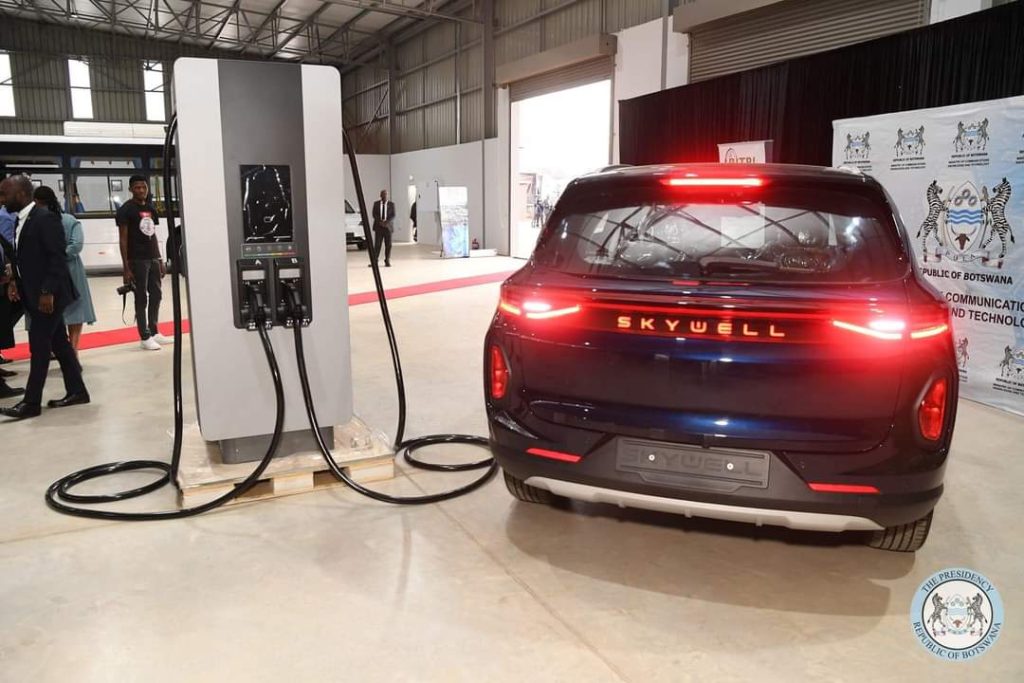Setting up an SKD plant for vehicle assembly in Botswana may initially seem attractive, especially when
compared to importing fully assembled vehicles. However, a closer look at the practical and economic
realities suggests that this model is unlikely to be viable, particularly when learning from Hyundai’s
experience in the region.
Several key factors support my position:
1. Limited Tariff Advantages Due to SACU Membership
Botswana is a member of the Southern African Customs Union (SACU), which means that it cannot offer
preferential tariff treatments outside the agreements set by SACU. In Hyundai’s earlier operation, the
company took advantage of a loophole in SACU’s tariff system to import SKD kits with lower import
duties. This loophole has since been closed, and it now requires that assembly operations meet more
stringent standards or face the same duties as fully assembled vehicles.
Without the benefit of lower import tariffs, the new SKD plant would face the same financial burden as
fully importing vehicles from China, where production costs are far lower due to China’s advanced
economies of scale, cheaper Labour, and established supply chains.
Without tariff relief, the cost difference between an SKD plant and fully assembled vehicle imports will
be negligible, if not higher in favour of importing.
2. Absence of Economies of Scale:
Economies of scale are crucial in the automotive industry, where mass production drastically reduces
the per unit cost of vehicles. China, as a global leader in manufacturing, has perfected large scale
production, benefiting from vast supply chains, specialized labour, and technological advancements that
drive down costs.
A small scale SKD plant in Botswana would not be able to compete with China’s manufacturing power.
Hyundai faced similar challenges, and despite being a well established global brand, it struggled to make
its local assembly operations financially viable when it could not reach the scale necessary to compete
with lower cost production hubs. For a new player without established market penetration or the ability
to mass produce at the same level as China, the cost per unit will remain uncompetitive.
3. High Logistics and Operational Costs:
While SKD kits may take up less shipping space than fully assembled vehicles, they still require
significant local assembly, which comes with high costs. Hyundai’s Botswana operation revealed that
local assembly processes often involve additional logistical challenges, including hiring and training a skilled workforce, purchasing or importing assembly equipment, and maintaining the necessary
infrastructure to meet quality and safety standards. Given that the plant would bring in vehicles that are already nearly fully assembled, the operational costs of completing the assembly locally will add to the financial burden without significant value addition.
Additionally, labour in Botswana, while lower than in developed countries, is not as cheap as in China,
and the costs of running the plant , including utilities, rent, and overheads, will quickly erode any
perceived financial advantage.
4. No Significant Value Addition:
The primary justification for SKD or CKD plants is that they offer a country a way to gradually increase
local content in vehicle production, build industry expertise, and eventually stimulate local
manufacturing. However, when the vehicles are almost fully assembled and simply finished locally, there
is minimal value added through local labour, knowledge, or parts.
This lack of value addition was a problem for Hyundai, which struggled to justify its assembly operations
when most of the vehicle was already manufactured abroad. Without a focus on local component
manufacturing or broader industry integration, an SKD operation will not create sufficient economic
value to be sustainable in the long term.
5. Unfavourable Competitive Position:
Hyundai’s experience in the region demonstrated that even large automotive brands find it difficult to
compete when their production models are not perfectly aligned with local market conditions. A new
player entering the SKD space, without the brand recognition or consumer loyalty of Hyundai, would
face even steeper challenges in a market that is heavily influenced by price sensitivity.
Consumers are likely to favour fully assembled, imported vehicles from China that are not only
competitively priced but also come with the assurance of being produced in world class factories under
stringent quality controls. An SKD plant that cannot offer significantly lower prices or better quality will
struggle to establish a foothold in such a market.
Given these realities, a new SKD plant in Botswana, under the current conditions, is unlikely to be a
viable business venture. Without the ability to leverage lower tariffs, achieve economies of scale, or
offer significant value addition, this operation would likely face the same challenges that Hyundai did,
and potentially with worse outcomes.
The costs of local assembly, when compared to fully assembled imports from China, will almost certainly
outweigh any perceived benefits, making the venture unsustainable.
